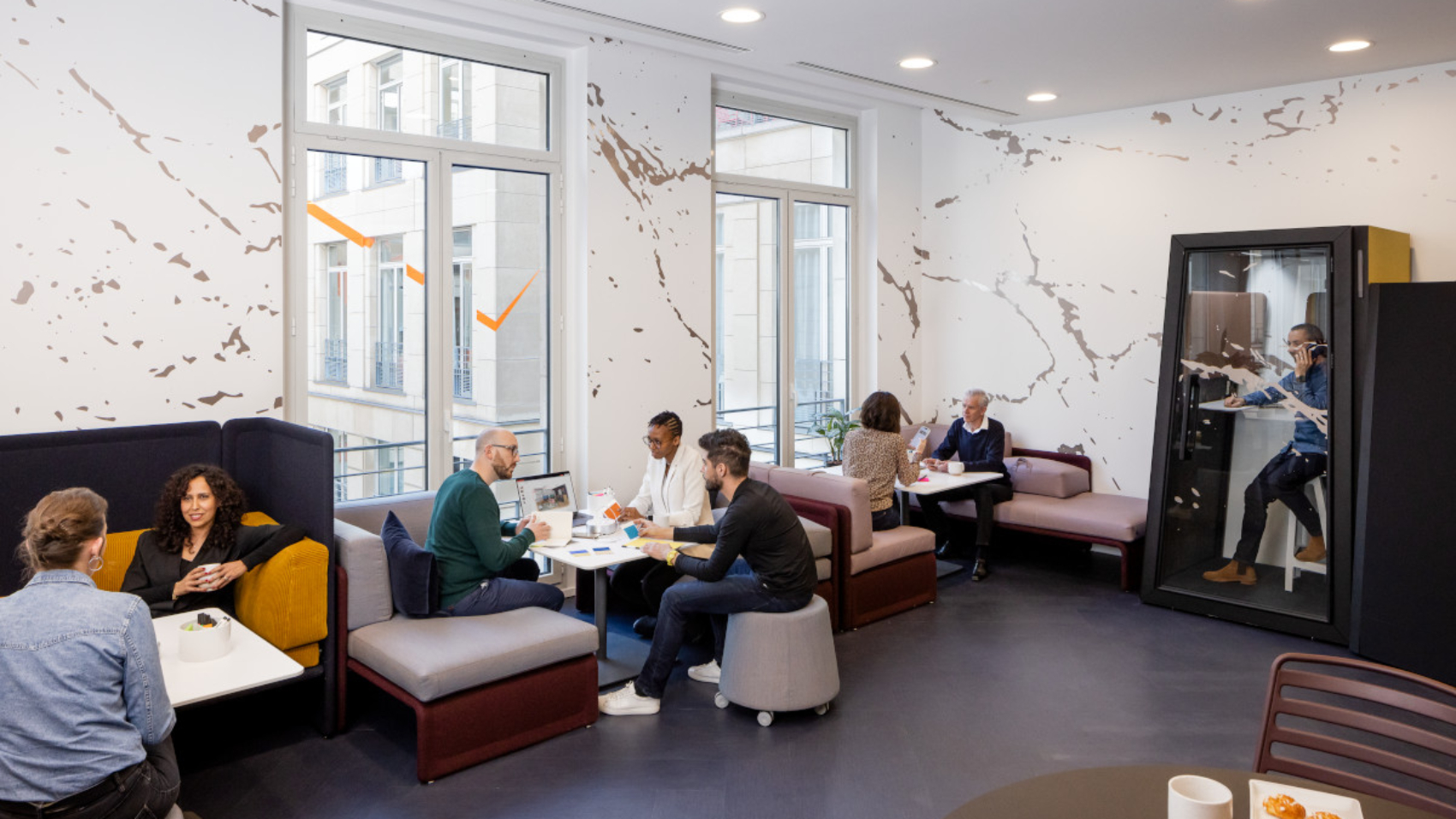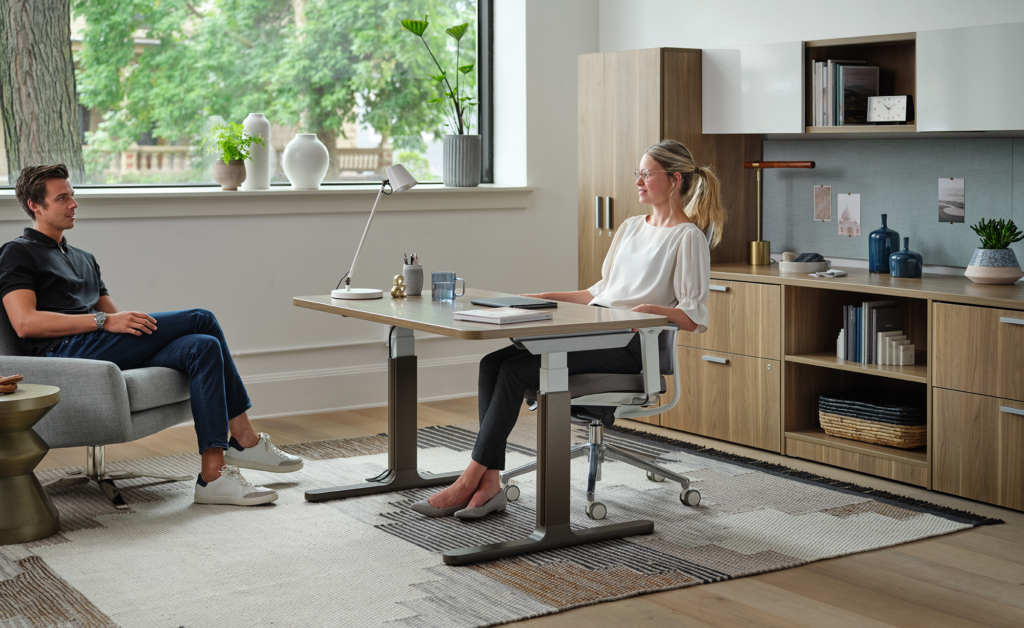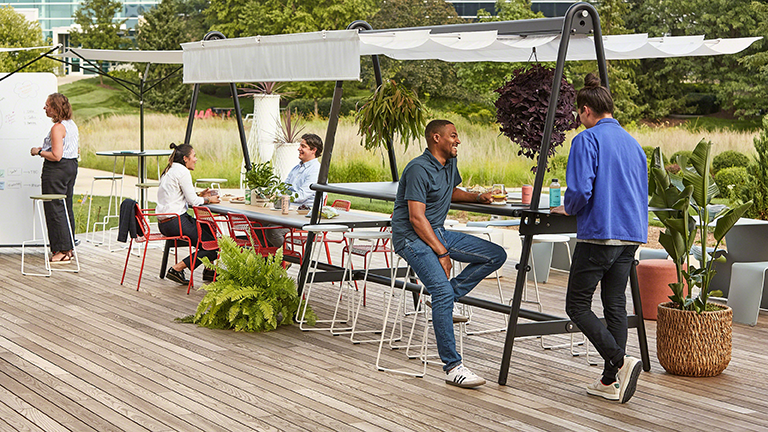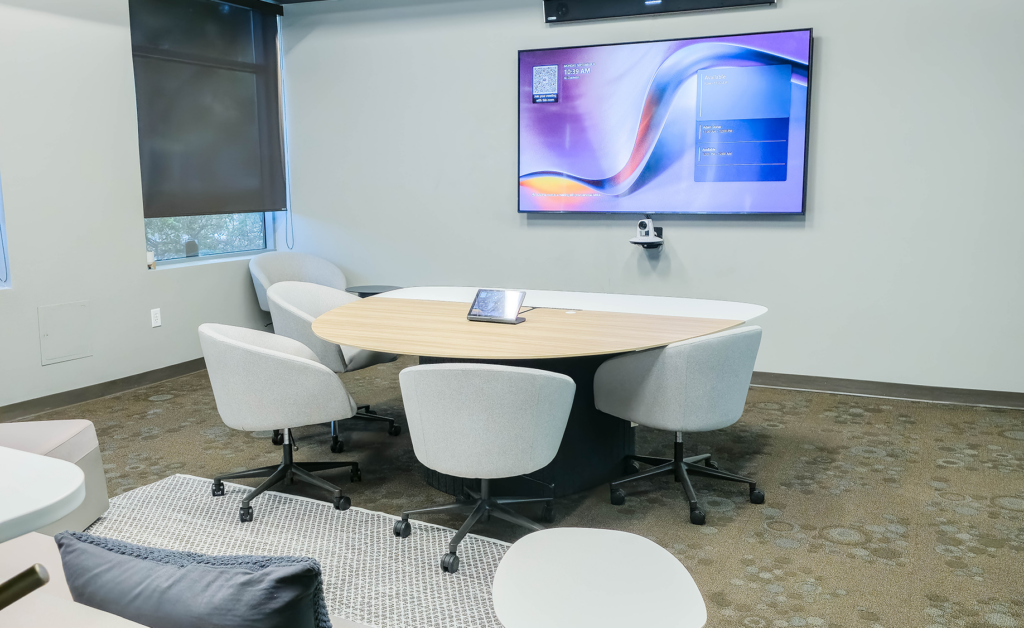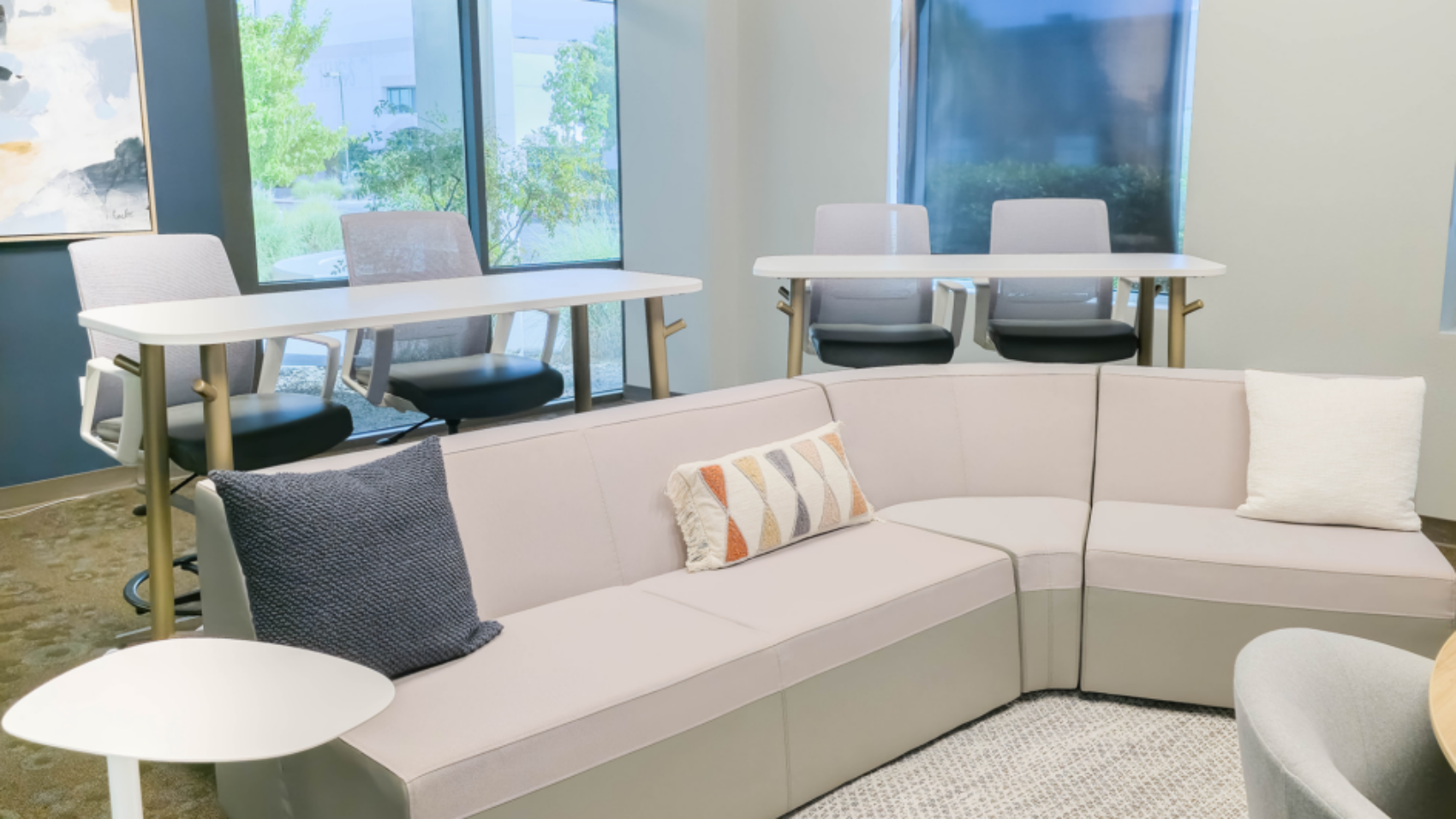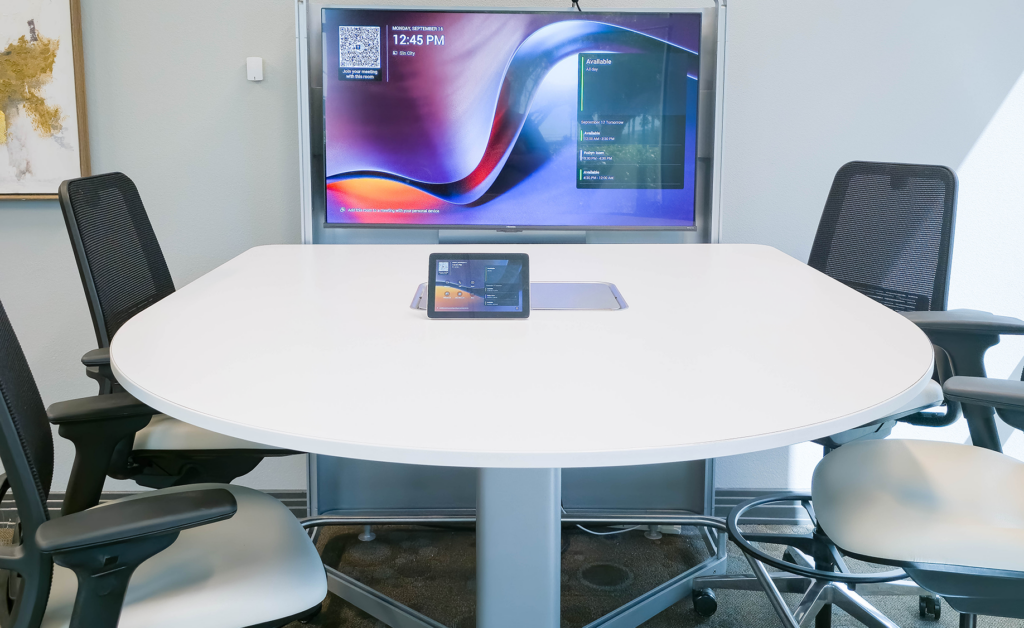5 Tips to create a welcoming environment for all ages.
It is no secret that the workplace represents a more diverse workforce than ever before. In this case, we are referring to the generational diversity. From the Boomer generation to Gen Alpha, we are seeing a demographic mix like never before. For many companies, balancing the needs of these vastly different generations is a challenge. To help, we have some tips to create a workforce that is welcoming to all ages.
1. Create Flexible, Adaptable, Inclusive, and Customizable Workspaces.
Creating a workplace for multiple ages starts with catering to various workstyles and needs. That looks like incorporating furniture solutions that support comfort and productivity for all users. Height-adjustable desks, ergonomic task chairs, ample lighting, appropriate sound masking and acoustics, and areas for seclusion or collaboration are just a few ways to create a more inclusive and flexible environment.

2. Incorporate intuitive, user-friendly technology.
An individual’s understanding of and need for technology varies drastically across generations. That is why a successful workplace must have comprehensive technology training. Demonstrations and one-on-one training are excellent ways to get everyone up to speed. Additionally, technology interfaces must be user-friendly and intuitive. One-touch solutions are a great way to make it easy for employees to conduct meetings successfully. Installing camera bars that fully capture everything in a meeting is another way to make employees feel included and valued.
3. Talk About Preferred Workstyles.
Company leadership must understand that everyone has different communication preferences. That can look like face-to-face meetings, emails, instant messaging, and video conferencing to accommodate different communication preferences. Helping teams understand each other better through avenues like DISC tests and open conversations about work-styles will help improve communication. Additionally, each generation has a unique perspective so leverage those by having a trusted member of each group help make important decisions. This also extends to mentorship programs. Rather than lose industry knowledge when a seasoned employee retires, have them share that knowledge with new employees so they can find success.
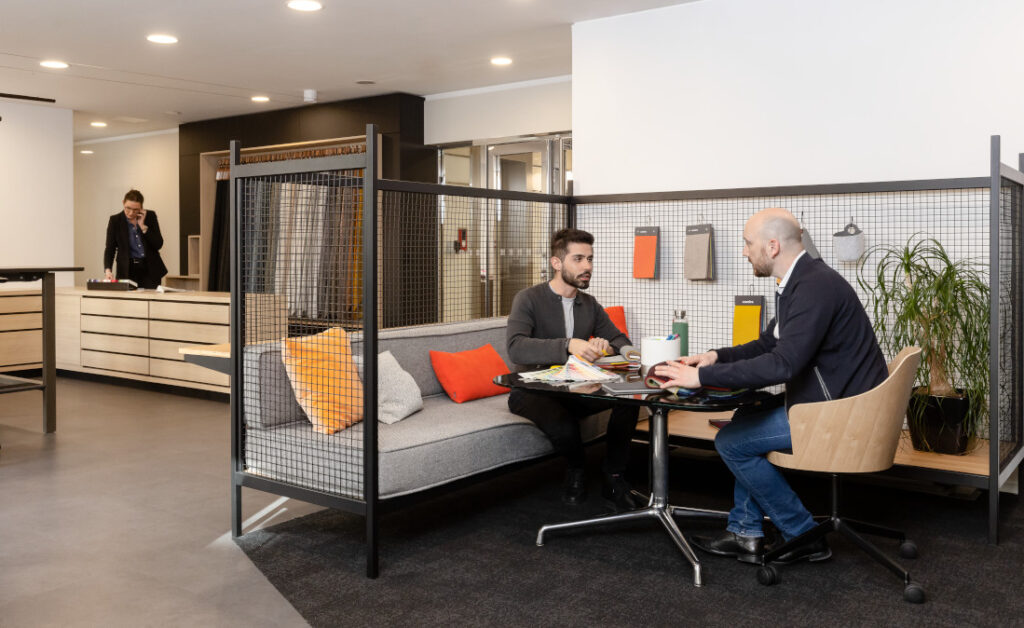
4. Provide amenities that appeal to all ages.
Different age groups have different interests. While a fitness center may appeal to a Millennial, a quiet cafe setting may be what a Boomer is looking for. Incorporating spaces that cater to different activities is a great way to attract and retain talent of all ages. Look for ways to incorporate wellness into your workplace that align with your company values, culture, and unique location.
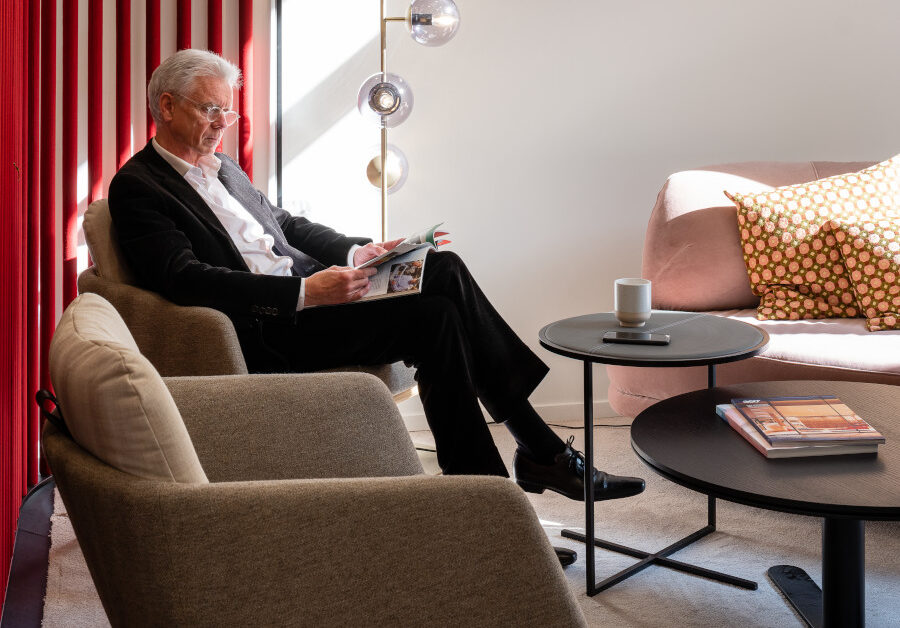
5. Make Inclusive Spaces For All Ages And Abilities.
Finally, your physical office space should be accessible to all ages. This looks like thoughtfully designing spaces, furniture, stairways, and more to make it easy for handicapped individuals to enjoy just as much as everyone else. Create spaces that are inviting to those who might struggle with their vision, hearing, or mobility by providing adequate wayfinding solutions, textures, colors, and graphics.
Conclusion
While there is no guaranteed solution to fix all the problems facing your diverse workforce, you can always take steps to make your workplace more accommodating. Start by creating flexible spaces that cater to various needs. Integrate intuitive technology. Have open communication about preferred work styles. Incorporate amenities for various wellness activities, and make inclusive workspaces for all ages and abilities.
Receive our Newsletter
To receive our newsletter, including new editions of spaces and other digital content, fill out the form:

